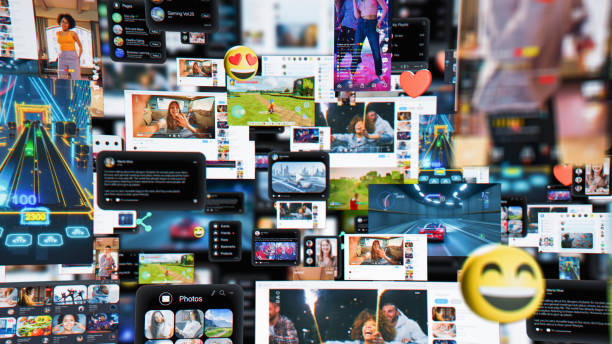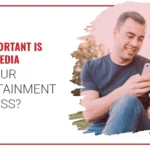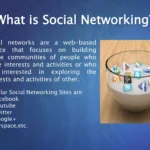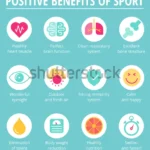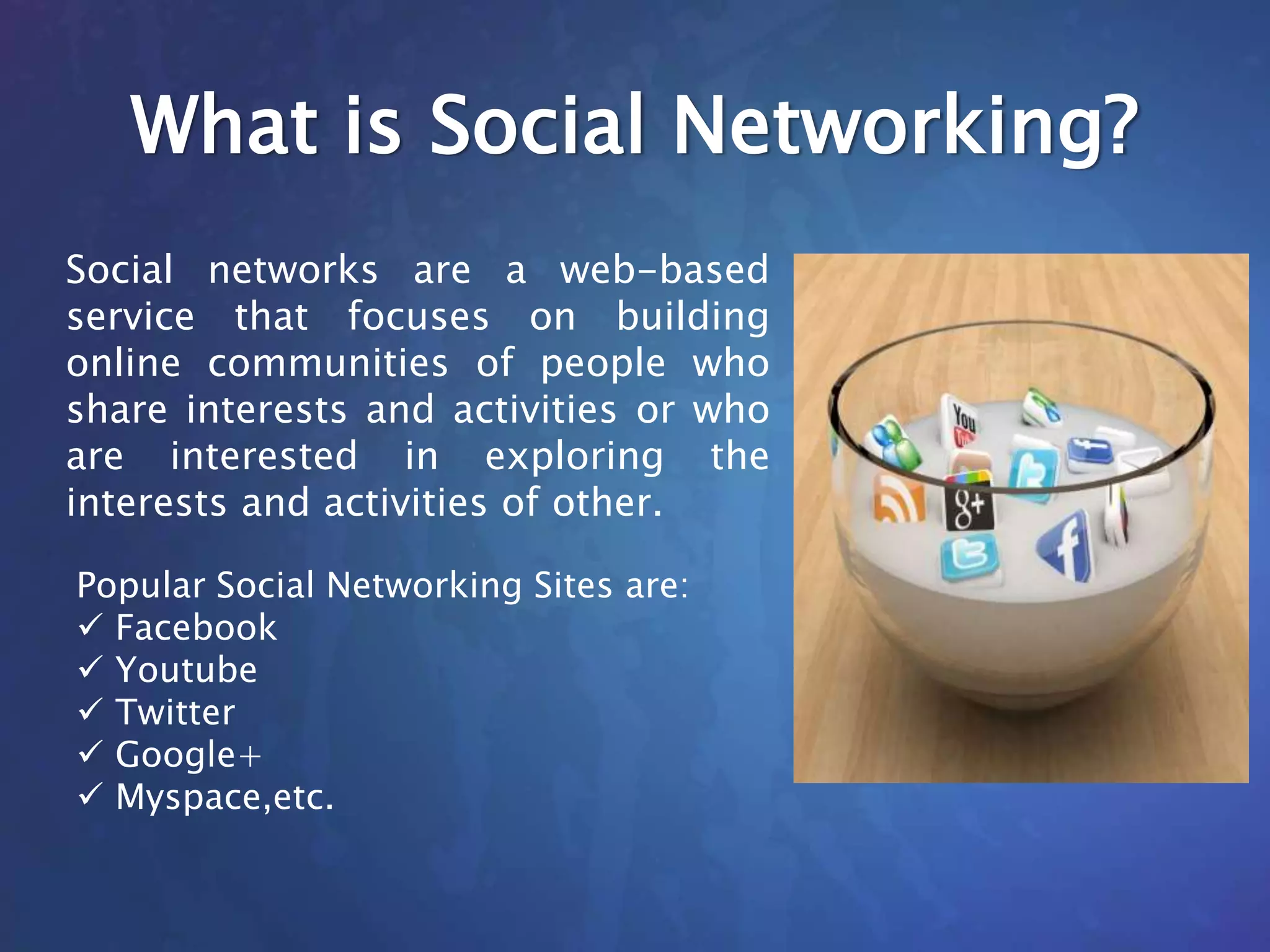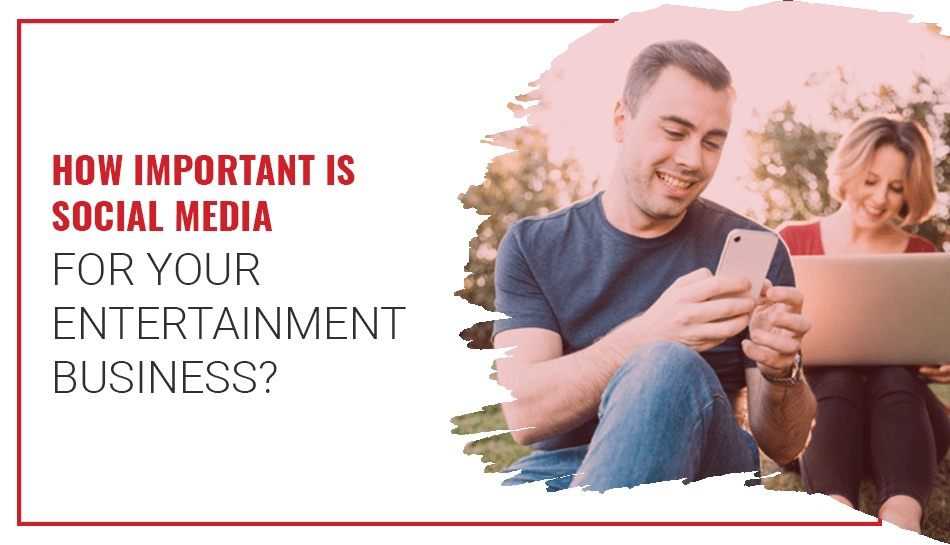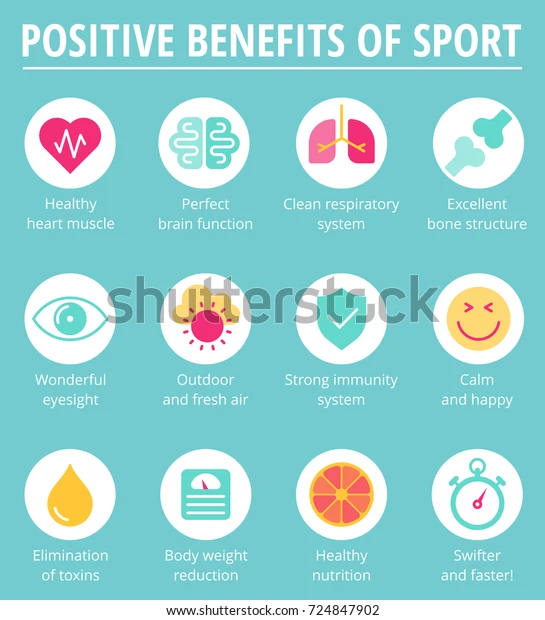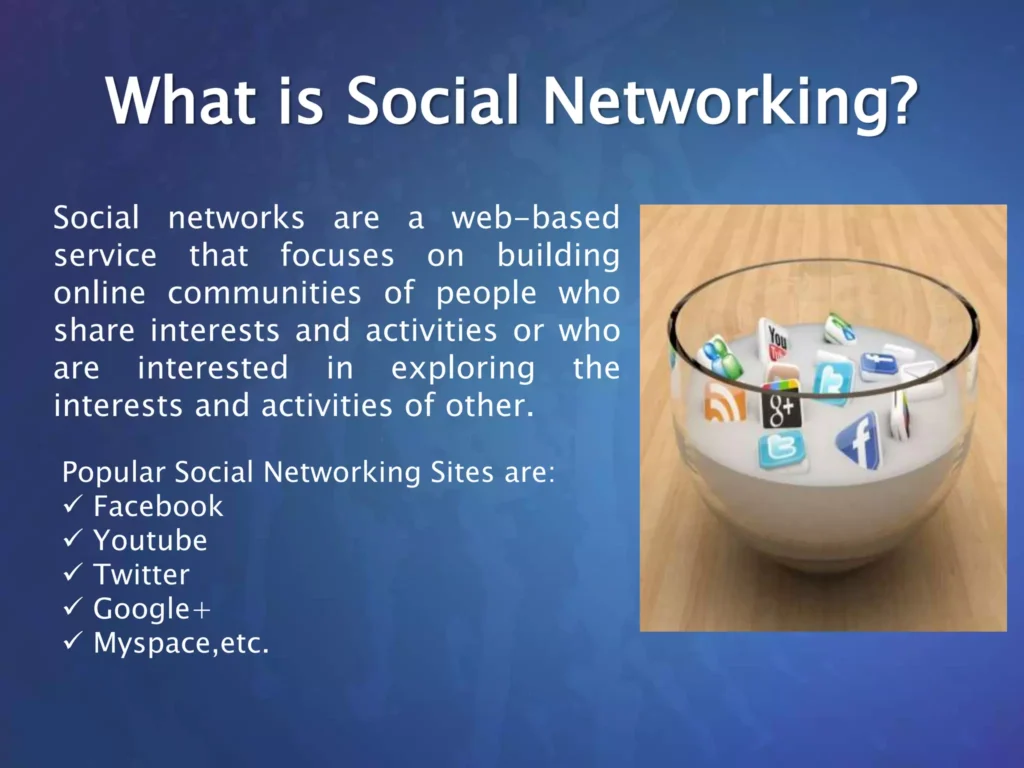
Social Networks and Online Communities in Cinema & Entertainment
In the past two decades, cinema and entertainment have undergone a transformation not just in terms of technology (streaming, digital production, special effects), but perhaps more fundamentally in how audiences engage with content, how content is promoted, and how communities form around films, shows, and other entertainment media. Social networks and online communities are central to this change. They are not just channels for marketing; they shape culture, influence success, and even redefine what “being an audience” means.
This article examines the role of social networks and online communities in cinema and entertainment, their impact, some case studies, challenges, and what lies ahead.
What Are Social Networks & Online Communities (in this Context)
To begin, let’s define what we mean by social networks and online communities in relation to cinema & entertainment.
- Social Networks: Platforms such as Facebook, Twitter (X), Instagram, TikTok, YouTube, Snapchat, etc., where users share content (text, video, images), interact (likes, shares, comments), follow creators, engage with marketing, etc.
- Online Communities: These are more focused groups, interest-based forums or spaces (could be subreddits, Discord servers, fan forums, specialized movie discussion boards, etc.) where people with shared interests in particular films, genres, franchises, actors, etc., gather to discuss, critique, share fan content, and build a sense of belonging.
These two overlap: social networks often host or facilitate communities; communities often use social networks to form and grow.
How They Affect Cinema & Entertainment
There are multiple dimensions in which social networks and online communities influence cinema and the broader entertainment industry. Below are key areas.
1. Discovery & Marketing
Films and entertainment content increasingly rely on social media and communities for discovery and marketing. Trailers, teasers, behind-the-scenes snippets, influencer endorsements, and “buzz” all flow through these channels. Studies show that social media activities by film promoters significantly impact whether audiences decide to go to the cinema. For example, a study in Thailand found that social media platform activity, promotional programs, and trailer assessments all correlate with increased attendance at cinemas. (Taylor & Francis Online)
Platforms enable film studios and creators to target specific demographics and use word-of-mouth, influencer collaborations, hashtags, memes etc., to generate interest. The cost of reaching large audiences is often lower compared to traditional advertising, and the speed of feedback is much faster.
2. Audience Engagement, Participation & Co‑creation
Online communities are not passive: they engage, comment, critique, share fan theories, create fan art, fan fiction, and user‑generated content. This participation shapes perceptions of a movie before and after release. The entertainment value is not just watching; it is discussing, interpreting, and being part of the conversation.
Some films or shows use “interactive” marketing: asking audiences questions, polls, alternate ending teasers, etc. These create anticipation and deeper emotional investment. In some cases, content creators even adjust subsequent content based on feedback.
3. Word‑of‑Mouth & Social Proof
One of the most powerful forces in the digital age is word‑of‑mouth as conveyed via social media. Reviews by friends/followers, discussions in online communities, trending hashtags—these all act as social proof. People often decide whether to watch a film based on what they see others saying. Studies show that online “review, comments, references” significantly increase desire to see a movie. (Taylor & Francis Online)
This effect can amplify success (virality) or contribute to failures (if early reviews are negative). It also incentivizes quality and authenticity.
4. Shaping Cultural Meaning & Representation
Online communities give audiences greater voice. They can critique representation, demand inclusion, challenge stereotypes, and hold studios to account. Movements around representation (gender, race, sexuality, etc.) are often mobilized online. Fan activism is a real force. Audiences expect more culturally sensitive portrayals and transparency. The entertainment industry increasingly acknowledges this, altering casting, stories, marketing accordingly.
Moreover, through fan communities, certain interpretations, fan theories, or even alternative narratives (fan edits, fan fiction) become part of the broader cultural meaning of a film, affecting how it is talked about, remembered, or even how sequels/spin‑offs are shaped.
5. Influencing Production & Distribution Decisions
Data from social networks and feedback from communities can help studios decide what content to produce, where to distribute, and how to market. Analytics on social media engagement (e.g. trailer views, buzz, sentiment) are increasingly used as predictors of box office performance. Research (e.g. in Spain & UK) shows that social media‑driven customer engagement correlates with movie performance. (ScienceDirect)
Streaming platforms and cinemas can also use community growth or engagement metrics to decide which titles to invest in, which regions to push, etc.
6. The Role of Streaming & Shared Viewing
The rise of streaming platforms means that people watch content at home, but through online communities, they can share the experience. Live‑tweeting shows, online watch parties, streaming co‑viewing, forums, virtual film festivals—all recreate communal viewing in virtual space. Studies have noted that even with virtual viewing, people build “imagined communities” through shared emotional reactions, discussion, etc. (redfame.com)
Thus, the experience of watching a movie or show is no longer purely individual or private; it is communal, social, even global.
Case Studies / Empirical Findings
To illustrate how these mechanisms work, here are several cases and studies.
- Thailand Study on Film Decision‑Making: The research “Social media activities impact on the decision of watching films in cinema” analyzed factors like promotional programs, social media platform activities, trailer assessments. They found that activity on social media platforms (comments, shares, etc.) has a statistically significant, strong effect on whether people decide to go to cinemas. (Taylor & Francis Online)
- Social Media‑driven Customer Engagement & Movie Performance (Spain & UK): A study of 966 movies showed that personal and interactive engagement of customers via social media correlates with box office / overall performance. (ScienceDirect)
- Effect of the Internet on Entertainment Media Industries: A recent paper (2024) explores “Metcalfe effect” (value rising with more users) and “McLuhan effect” (medium shaping the experience/content). It highlights how internet platforms are transforming how content is produced, distributed, consumed; and how broad participation (feedback, sharing etc.) enhances content value but also introduces challenges like piracy. (SAGE Journals)
- Interactivity in Social Media: Movie Studios Sector: Research comparing movie studios’ use of interactivity (on social media) shows that studios increasingly use interactive content to engage audiences (polls, quizzes, behind‑scenes etc.). This high interactivity tends to correlate with better audience engagement. (SpringerLink)
Benefits & Opportunities
Given the above, what advantages do social networks and online communities bring to cinema and entertainment?
- Wider Reach & Better Targeting: Creators can reach niche audiences globally. Communities help identify fans who are more likely to promote content organically.
- Lower Marketing Costs / Higher Efficiency: Digital campaigns, influencer marketing, user‑generated content can reduce the cost of traditional advertising or complement it in efficient ways.
- Real‑time Feedback & Better Alignment with Audience Preferences: Communities provide insights into what audiences like/dislike, which helps refine marketing, sometimes content itself.
- Strong Fan Loyalty & Passionate Bases: Fan communities often have high emotional investment. They can sustain interest over long periods, help drive sequels, spin‑offs, merchandising, etc.
- Cultural Impact & Social Change: As mentioned, representation, diversity, activism are increasingly propelled by online voices. Entertainment can respond and evolve.
- Innovation & Experimentation: Creators can try new formats, alternate content, interactive or immersive storytelling, partly because they have direct audience feedback.
Challenges & Risks
However, social networks and online communities also bring significant challenges.
- Echo Chambers & Polarization: Because people tend to gather in communities where they see opinions they agree with, this can limit exposure to diverse viewpoints. Films can be judged within insulated groups, narrowing discussion. Also, negativity can amplify quickly if a community is displeased.
- Overhype & Unrealistic Expectations: When marketing and buzz run ahead of the actual content, audience expectations may be set too high, leading to disappointment or backlash.
- Trolls, Harassment & Toxic Fan Culture: Some communities can become hostile, especially around controversial topics, casting, representation. Mistakes or differing opinions can lead to harassment. The anonymity of online spaces can facilitate this.
- Control Loss & Reputation Risk: Once content is released, creators lose a lot of control over how it is interpreted, discussed, or even remixed by fans. Misinterpretation, inappropriate usage (memes, parodies) can lead to reputation issues.
- Piracy & Intellectual Property Issues: Increased sharing makes it easier for piracy, illegal downloads, leaks. Balancing open engagement and protection of IP is tricky. Studies point out that while internet broadens reach, it also increases risk of copyright infringement. (SAGE Journals)
- Data Overload & Misleading Metrics: High numbers of likes/shares don’t always translate into revenue or sustained engagement. Sentiment analysis, actual behavior, and conversion metrics can be far more meaningful but harder to measure.
- Digital Divide & Access Issues: Not all regions have equal internet access or social media penetration. Audiences from less connected regions may feel excluded; content may be skewed toward audiences in more connected markets.
Examples & Noteworthy Trends
Here are some observable trends and concrete examples of how communities and social media have reshaped entertainment.
- Influencer & Micro‑influencer Marketing: Studios use influencers to promote films, often using short clips, reactions, challenges (on TikTok, Instagram, etc.). The authenticity of influencers helps build trust.
- Hashtag Campaigns & Viral Moments: Hashtags (e.g. #OscarsSoWhite, #WeWantDiverseFilms) and viral moments around trailers or casting announcements become discussion points. They can push industry changes.
- Memes as Promotion: Trailers or scenes that are meme‑worthy are often clipped, shared, remixed. This unofficial marketing can be highly effective. E.g., trailers edited, clips shared; such meme culture helps embed the film into everyday conversations.
- Fan Theories and Speculation: Especially for franchises (Marvel, Star Wars, etc.), fan theories and speculation become part of the experience. Leaks, Easter eggs, post‑credits scenes are consumed and analyzed by fans.
- Online Film Festivals / Virtual Screenings: During COVID‑19 and beyond, many film festivals and screenings moved online. Audiences globally attended, created community experiences. Studies: virtual watching builds communal feeling. (redfame.com)
- Streaming Platforms + Social Discovery: Platforms like Netflix, Amazon Prime, etc., are now integrating social features (recommendations, sharing, etc.), and social media helps people discover streaming content. But some issues around content‐discovery fatigue remain. For example, Deloitte’s 2024 survey noted that many users feel content discovery on streaming services is frustrating; social media helps alleviate that by surfacing content. (Deloitte)
A Closer Look: Pakistan & Regional Perspectives
Because the effects of social networks and online communities vary by region, culture, internet infrastructure, etc., looking at some regional cases is insightful.
- A study from Pakistan addressed “The Effect of Social Influence, Trust, and Entertainment Value on Social Media Use” and found that entertainment value, social influence, trust, etc., are significant in shaping how people use social networking sites. While this study isn’t exclusively about cinema, its findings reflect how online communities’ norms and values matter. (Taylor & Francis Online)
- The dynamics of fan communities in South Asia differ in terms of how fan culture interacts with traditional media (TV, film), how important stars are, etc. Social media plays a big role in star visibility, negative vs. positive public opinion, and indeed in shaping what content gets traction.
- Also, sometimes internet censorship, regional content regulation, or differing social norms influence what content can be shared, how freely communities can discuss topics, which affects how communities function.
Theoretical Frameworks & Research Insights
Several theories help us understand what’s going on when online communities and social networks influence cinema and entertainment.
- Uses & Gratifications Theory: Why users choose certain media—gratification from entertainment, social connection, information, identity, etc. Communities provide social rewards (belonging, identity). The study in Pakistan used this framework. (Taylor & Francis Online)
- Social Proof & Influence: People trust recommendations from friends, endorsements, what others are doing.
- Social Network Analysis (SNA): Some recent studies examine networks of collaborations in the global film industry (countries, production companies) to see how they cluster, which nodes are central, etc. (arXiv)
- Metcalfe’s Law & McLuhan’s Idea of Media: As more users join the internet/social platforms, network effects kick in (Metcalfe). McLuhan’s insight that “the medium is the message” helps us see that social networks don’t just deliver film marketing; they shape how entertainment is experienced. (SAGE Journals)
- Online Word‑of‑Mouth & eWOM: How information, reviews, opinions spread in online settings. Communities amplify this.
Future Directions
Looking forward, how might social networks and online communities continue transforming cinema & entertainment?
- Greater Interactivity & Immersion
- Augmented Reality (AR), Virtual Reality (VR) experiences tied to films or shows
- Interactive storytelling (choose‑your‑own‑adventure style)
- Mixed media campaigns (games, live events) integrated with film content
- AI, Personalization, & Recommendation Systems
- AI to analyze reviews, sentiment, preferences to suggest content more precisely
- Personalized marketing via social networks (tailored trailers, personalized ads)
- Decentralized Communities & Blockchain/NFTs
- Some creators experiment with NFTs, blockchain for fan ownership, exclusive content for community members
- Rewards for engagement — badges, early access, special events
- More Globalized but Locally Sensitive Content
- Cross‑cultural communities (global fandoms) but with local content demands. So content that appeals globally but is rooted locally.
- More subtitles, dubbing, localization, cultural specificity
- Regulation, Ethics & Responsibility
- Dealing with hate speech, toxicity in fan communities
- Ensuring fair representation
- Protecting intellectual property whilst enabling sharing
- Sustainability & New Business Models
- Subscription fatigue might push for new models (ad‑supported, hybrid) that use community participation as part of value (fan perks, merchandise, etc.)
- Possibly more crowd‑funded or co‑created content
Conclusion
Social networks and online communities have become indispensable in cinema and entertainment. They shape everything from how films are marketed, to how they are consumed, to how they are remembered. Audiences are no longer passive receivers but active participants, co‑creators, critics, and community members. This has opened up exciting opportunities: more diverse content, deeper engagement, innovation in storytelling and distribution.
But with these opportunities come challenges: managing expectations, handling toxicity, protecting rights, and balancing commercial and artistic integrity. For film makers, studios, and platforms, success increasingly depends not just on creating great content, but on how well they understand, engage with, and respond to the communities around that content.
As the digital environment continues evolving—new platforms, new forms of content, new audience behaviors—the relationship between online communities and entertainment will only deepen. The films and shows that thrive will likely be those that not only tell compelling stories, but those that foster meaningful connection, catalyze conversation, and belong to communities, not just markets.
If you want, I can prepare a version more focused on Pakistan / South Asia, or supply sources & citations you can use, or a shorter adapted version.
